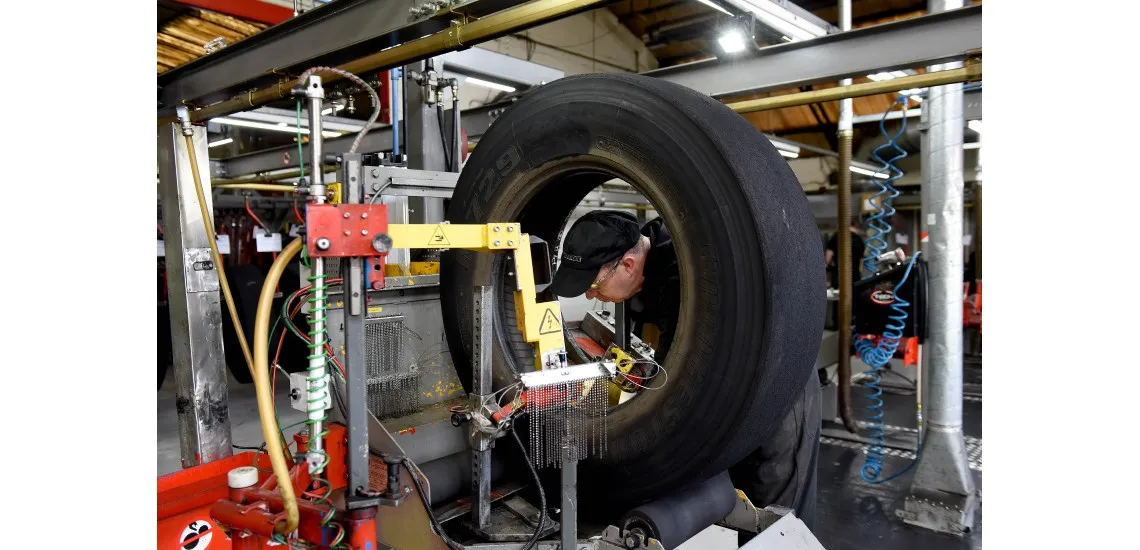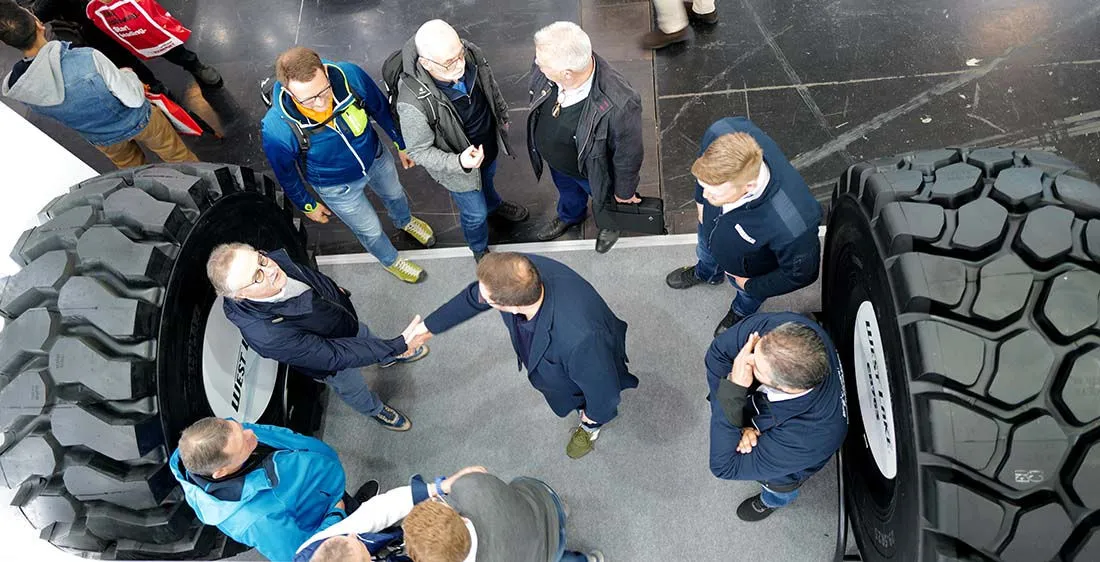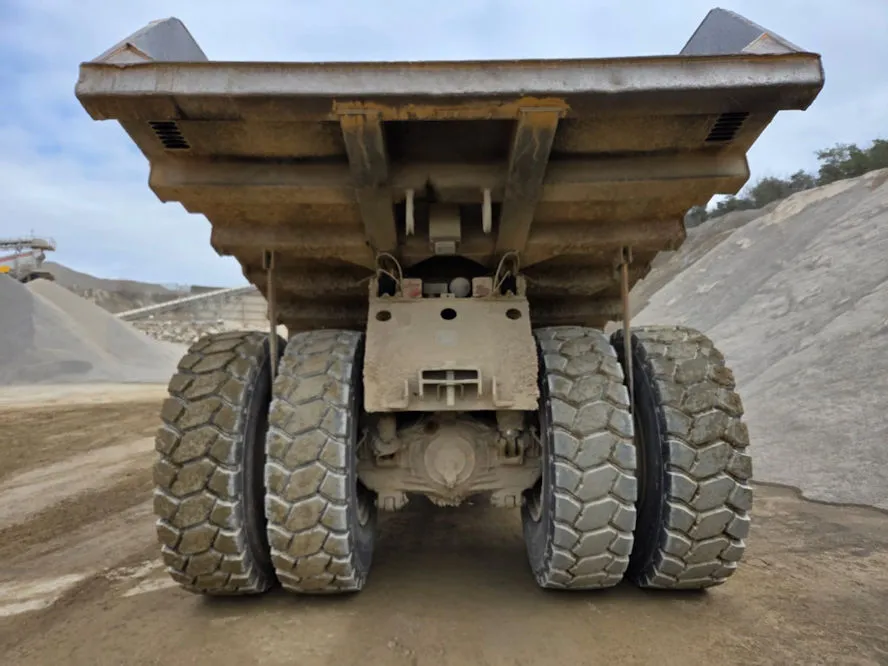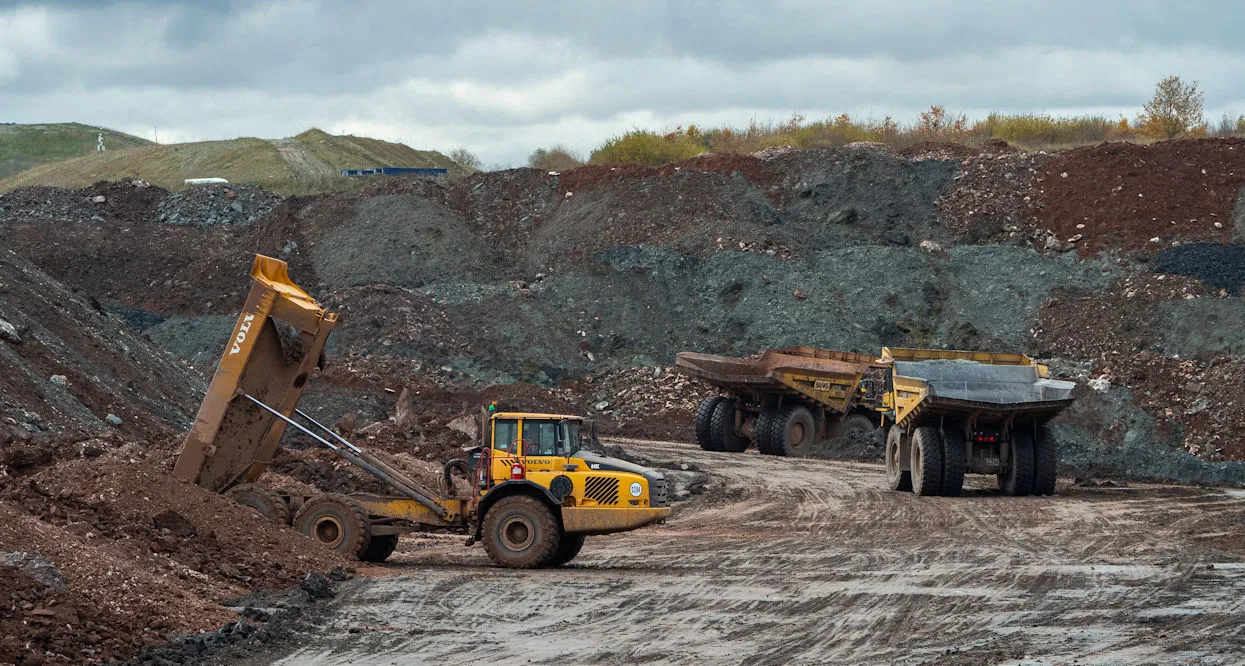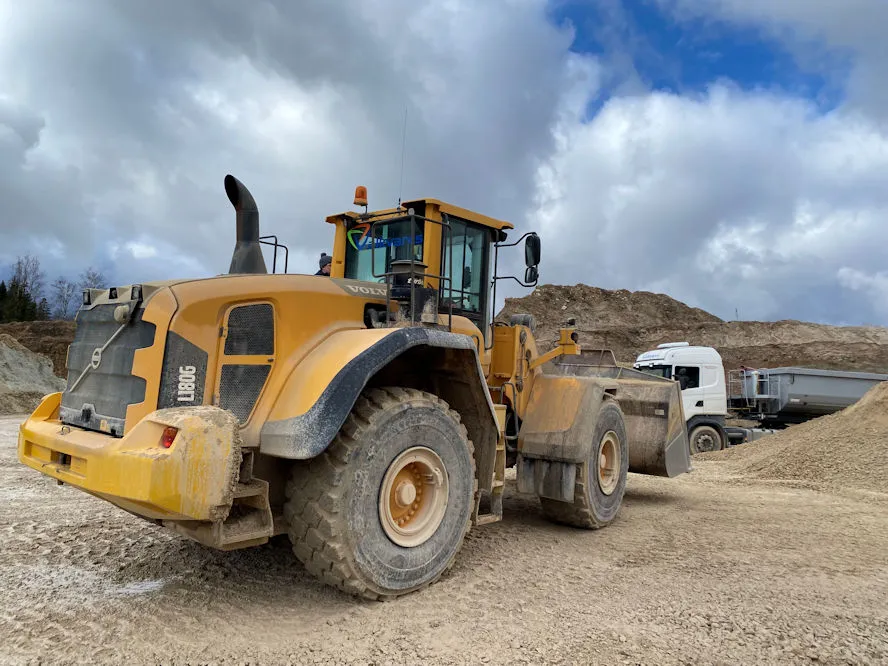Bridgestone has played a major role in the UK retreading sector for many years. Apart from the Bandag network of pre-cured retreaders located across the country, there is also Bridgestone’s wholly owned retread plant, Bulldog Remoulds, based in Bourne in Lincolnshire. We recently spoke to Terry Salter, Bridgestone’s Retread Business Development Manager North Region for our retreading feature about Bridgestone’s role in the market, ranging from operational issues to the importance of retreading to an increasingly environmentally-aware customer base.
Salter: “Offering Retread Products f...
Salter: “Offering Retread Products f...

